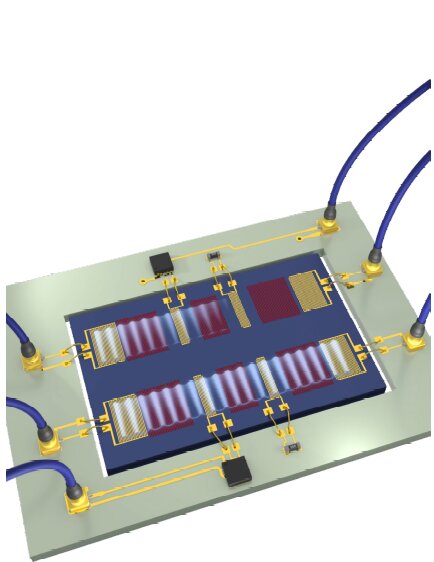
Acoustic waves have been found to be highly versatile and promising carriers of information between chip-based electronic devices. This characteristic is ideal for the development of a number of electronic components, including microwave filters and transducers.
In the past, some researchers have tried to build devices in which waves are transmitted between two ports in a non-symmetric way. These are known as nonreciprocal devices. These devices could be particularly promising for the manipulation and routing of phonons, quasiparticles associated with acoustic waves...
Read More








Recent Comments